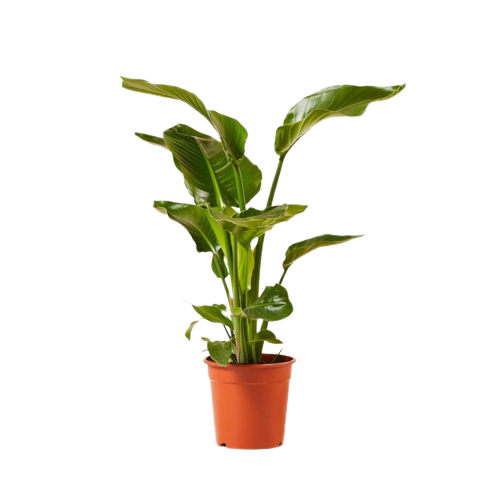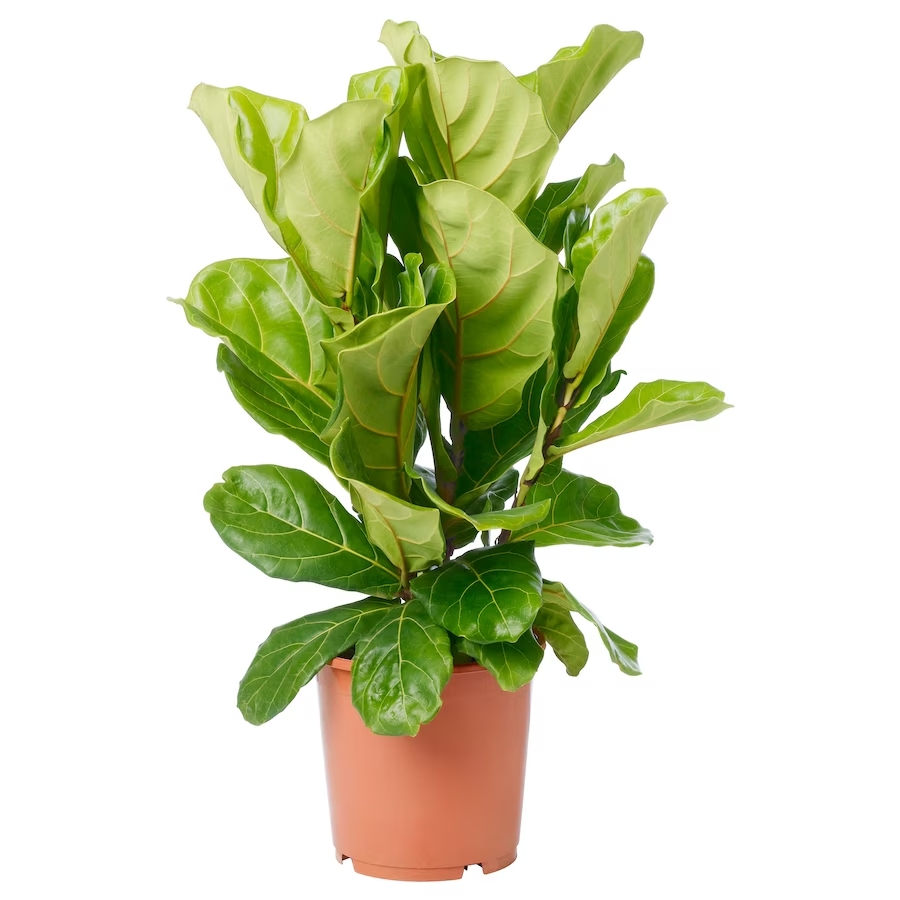Products
Sansevieria Zeylanica
Is a stemless evergreen perennial plant, producing succulent, erect, rigid leaves 1.4 - 2.5 ft or more long and 0.98 ft wide from a rhizomatous rootstock.
- Cultivation details: Requires a sunny position in a well-drained soil. Prefers a pH in the range 6 - 7. Established plants are very drought tolerant.
- Medicinal: The dried rhizomes and roots provide material for antiseptic
ointments. The roots are used for purgative, tonic, expectorant and
anti-fever remedies.
The plant is used traditionally in the treatment of septic wounds. - Other Uses: A fibre is obtained from the leaves. It is used for making mats, sails, cordage, coarse cloth and the production of paper pulp.

Sansevieria Laurentii
The Sansevieria Laurentii is of African origin. It's a tall robust plant to 3 to 4 feet tall with a tight clump of many vertically inclined dark green leaves with lighter gray-green zig-zag horizontal bands and broad longitudinal yellow stripes along the margins.
- Cultivation details: Do best in moderate to bright indirect light. However, they will do fine in low light areas and can also withstand full sun. It does not need much water, and overwatering can cause the plant to rot. Be sure to keep the leaves dry when watering and allow the soil to dry in between waterings.
- Medicinal: The plant is used to treat ringworm and fungal diseases. The leaf sap is applied directly on infected sores, cuts and grazes, it is also used to treat fungal and scabies infections.

White Bird
Is most often planted for its large, banana-like leaves and upright, clumping stalks which give an exotic feel to the landscape. Plants can reach 20 to 30 feet in height with a spread of 10 feet though they are often seen much smaller.
- Cultivation details: Grows well in full sun to light shade on moist, well-drained soil. Plants should be protected from high winds to minimize torn, ragged leaves.
- Uses: Is commonly used in decks or patio; or to decorate indoors.
- Others: In addition to its attractiveness and decorative potential, this herbaceous plant is easy to care for, making it suitable for beginners.

Monstera
- It is native to the forests and rainforests of Mexico. In outdoors, Monstera plants can reach lengths of 70 feet long. However, indoors, you can expect your Monstera plant to reach 6 feet on average.
- Cultivation details: Thrives in bright to medium indirect light. Not suited for intense, direct sun but can be acclimated to withstand it. Water every 1-2 weeks.
- Uses: It is one of the most popular plants in interior decoration thanks to its beautiful and original leaves. They are famous too because they are very strong and resilient, which may contribute to their lifespans.
- Others: In order to guide, shape and support it, it is suggested to place a tutor or pole where it can be supported to start climbing. It is suitable for begginers.

- Cultivation details: The plant needs enough diffused light for healthy growth. Avoid direct sunlight. Their leaf variegation may fade if they're in the shade for too long. Water your aglaonema plant when the top inch of soil is dry.
- Uses: Are perfectly suited for a modern living room or office, dim bedroom, or cozy study. Try to keep it a few feet from a well lit window where it can receive bright diffused light.
- Others: Rotate your plant periodically to ensure even growth on all sides and dust the leaves often so the plant can photosynthesize efficiently.
Aglaonema

- Cultivation details: Require bright, filtered light. They can even tolerate some sun, especially if placed in an eastern-facing window. It need to be watering about 2-3 times per week.
- Uses: It is one of the most popular plants in interior decoration for his durability. This plant is also common used because of his capacity to improve indoor air quality. The fiddle-leaf fig can also make a great focal point in a living room or office space. Texturally heavy, this plant is best suited for large spaces.
- Others: This a relatively low-maintenance houseplant that may be pruned as needed. It needs support to grow. The lower leaves may drop over time, which is normal for older specimens of this variety.

